Life is never easy even during the best of times, but when the lens zooms in on the African continent during the South Sudanese or Rwandan genocides, Ethiopian famine, the West African Ebola crisis or, as is the case with THE LAST FACE, the Liberian civil war, we see what pain, suffering and the horrific brutality of life really is. Then put activist Sean Penn in the director’s chair with a fictional narrative that stars Charlize Theron, Javier Bardem, Jared Harris and Jean Reno, and a social and political commentary tacitly unfolds through visceral and vibrant imagery.

Admittedly, this critic is in the minority opinion as to THE LAST FACE, a film that was lambasted with pre-screening toxicity at Cannes and didn’t fare much better after viewing, but while Penn falls short on several levels, he succeeds with the power of his visuals which on their own tell a story; a story that rises above the conceived romance under fire between the Theron and Bardem characters; a story that puts a face on the brutal inhumanity of civil war.
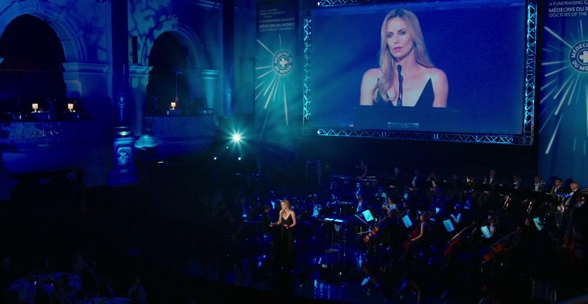
Told in flashback format, we first meet Wren Peterson as she is preparing to speak at a black-tie fundraising gala. Voiceover – which sporadically continues throughout the film but used heavily to bookend the first and final acts – sets the stage as to Wren’s mindset in the moment while visuals then take us back in time and show us a woman who for the most part is totally different than the poised yet distanced woman we first meet. And we see images on a security door monitor of the man we come to learn is Miguel Leon, a man whom she doesn’t even acknowledge as he buzzes asking to be let in. And as the fundraising event begins, we go back to Liberia 2003.
Wren Peterson is the daughter of a South African NGO physician and founder of Medecins du Monde. Although always believing herself to be in her father’s shadow, Wren is a physician but elected to stay out of practice and out of the field work so loved by her father, instead choosing to run the foundation on his passing from the safety and security of an office thousands of miles away from those locations where help is most needed. At first blush and beyond, Wren is a lost soul who truly still doesn’t understand her father’s passion and purpose and as a result has no passion or purpose of her own. It’s not until she puts her feet on the ground in Liberia and meets Dr. Miguel Leon that Wren starts to find any footing or direction in life.
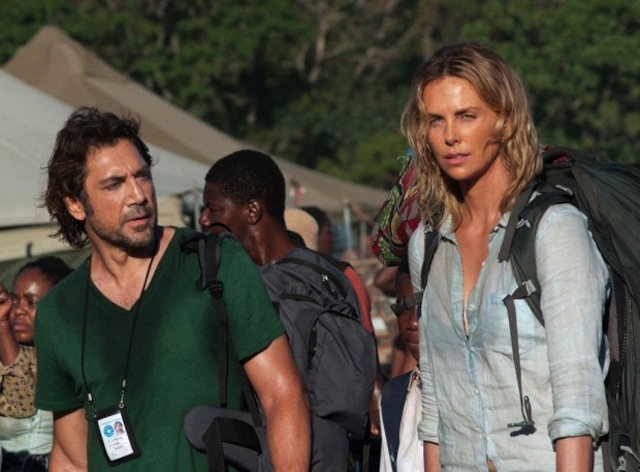
Miguel Leon is a globe-trotting surgeon, running from refugee camp to refugee camp and out into the most desolate areas providing emergency triage service where most needed. Orphaned as a young boy in Spain, he grew up under the care of the state and found his calling in medicine. His philosophy is that even one life saved is better than none. He is unfaltering in his dedication to saving lives.
Miguel and Wren meet in Liberia in 2003 when Wren takes a trip to survey the camps and medical facilities her foundation helps fund. Popping in for a quick visit to the triage clinic in Monrovia, Wren’s stay gets extended when rebel forces force MDM to evacuate. Out in the jungle, their jeep is hijacked and supplies stolen leaving the ragtag crew on their own. Almost immediately after being stranded, they come across a pregnant woman who has fallen victim to a rebel machete. As Miguel fights to save the woman’s life and deliver her baby, Miguel and Wren bond and an already highly charged sexual tension between the two begins to take shape.
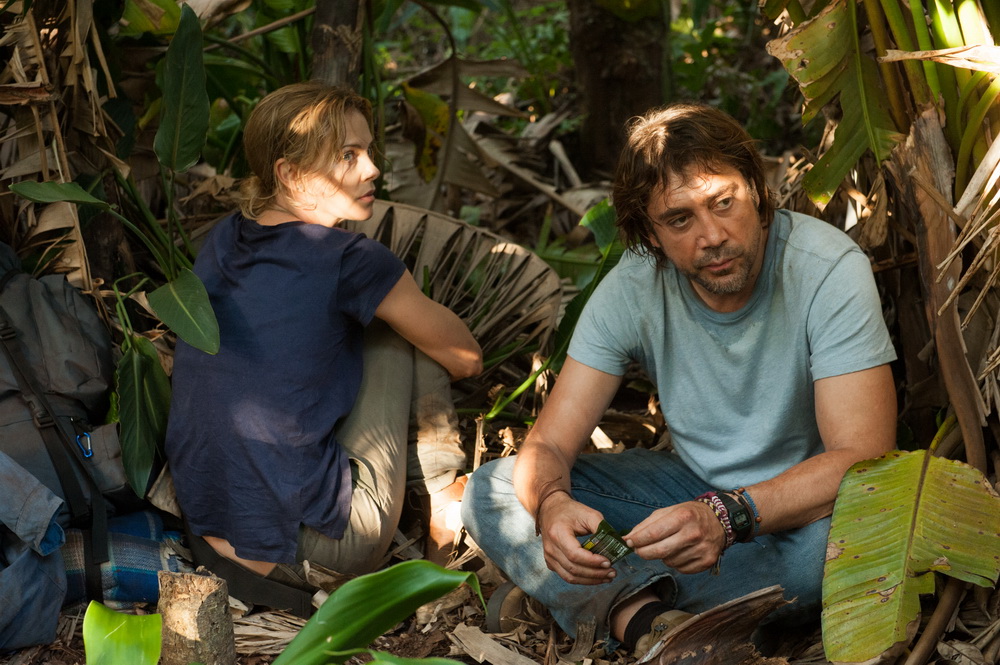
Needless to say, physical attraction, high-intensity life and death situations, and love win out (as does helping birth a baby) and Wren decides to stay with Miguel, working side by side with him in the refugee camps. But when violence intensifies in the region and the MDM group is caught in the middle of some of the most heinous acts of violence ever witnessed and blood bathes the ground, tents, and corpses of children, Wren’s corporate mindset and need for blinders to reality returns. Rather than save any life, she argues to leave and go to the press and let them tell the Western world help is needed. Miguel’s answer is to stay and actually help. What happens next is for you to see unfold as director Penn then jumps us ten years into the future.
Javier Bardem embodies the passion and commitment of Miguel Leon. From peering over his glasses during surgery with sweat dripping from his forehead onto the patient to finding moments of pure joy with refugee children to facing down gun-toting rebels and criminals, he makes us believe in Leon and in his life’s purpose. And his ruggedly handsome good looks certainly don’t hurt.

Charlize Theron, who is from South Africa, has a flawless accent in keeping with Wren’s South African upbringing. As comes as no surprise, she brings a physicality to the role that belies the often lack of emotionality within the character. Like Bardem, watching her engage with local children is joyous and provides for uplifting moments against the darkness of despair and violence. And again, there is no denying the sexual tension and chemistry between Theron and Bardem.
Wasted are the talents of Jared Harris and Jean Reno as fellow MDM doctors. Not only do they have minimal dialogue or are specifically integral characters to the story as a whole, but the dialogue they are given is somewhat insulting to actors of their stature.
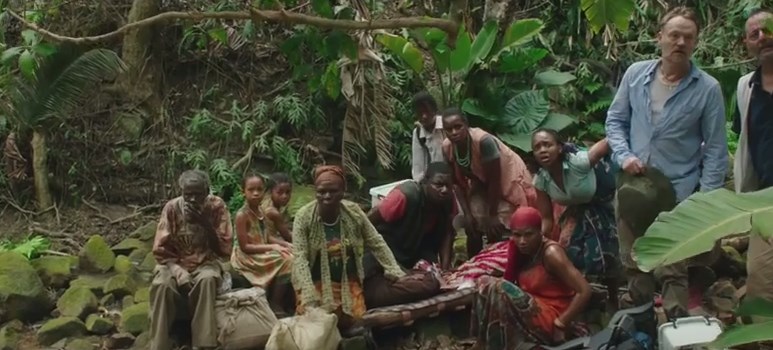
Every film like this that hones in on Third World atrocities needs a child to stand out in the mix and THE LAST FACE is no different. As young Sam, Sebelethu Bonkolo, not only steals your heart, but stands out in every scene. This is only young Bonkolo’s second feature film but I am certain it won’t be his last. Put him on your radar.
With script by Erin Dignam, THE LAST FACE leaves much to be desired in terms of dialogue, as well as some non sequitur story elements that feel like extraneous last minute thoughts. Much of the dialogue is hokey and often platitudinous in a wasteful fashion. Characters are not well fleshed out, again wasting valuable resources such as Jared Harris and Jean Reno who seem to be merely set dressing. To his credit, however, Penn circumvents much of the scripted shortcomings thanks to the cinematography of Barry Ackroyd.
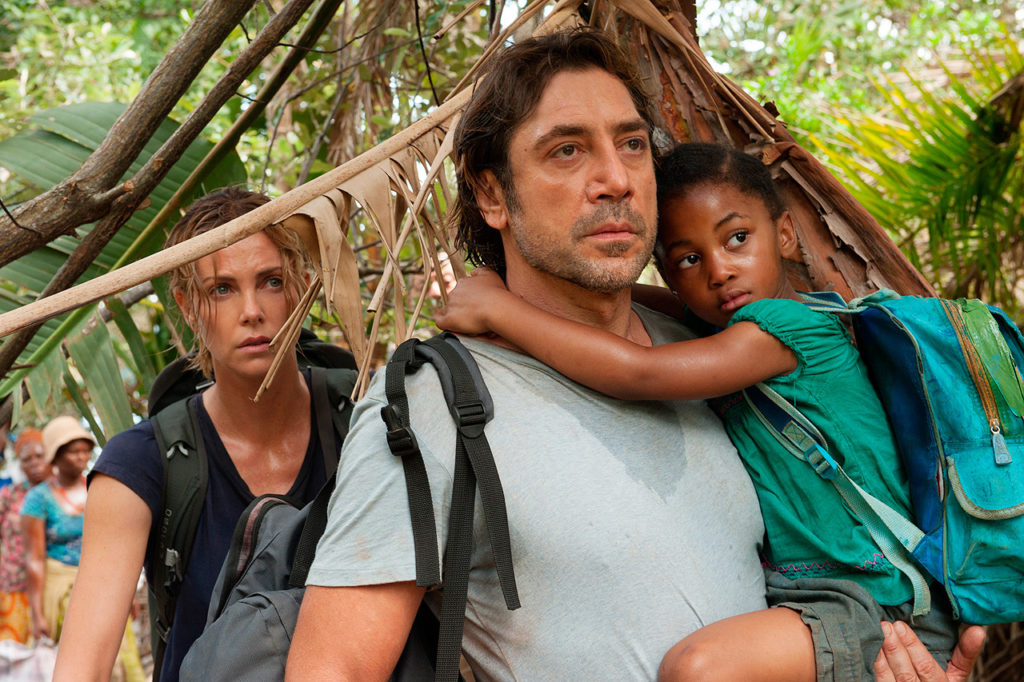
There is a poetic lyricism that comes with the cinematography and the multiplicity of shots in use, be they extreme close-ups of quiet moments of nature’s beauty or the languid passion in a kiss or tear-filled eye then contrasting that with gut-wrenching slo-motion images of a camera panning over piles of bloodied bodies or ECU’s of dead vacant eyes and dismembered limbs in a handheld verite style, with all under the umbrella of beauteous expansive panoramic wide-screen vistas of the beauty of Africa akin to a National Geographic magazine. There are moments within some ECU montages that almost have the feel of being a character study of emotion through the eyes, a touch, a whisper. Quite intriguing. Medical scenes are outstanding (and kudos to production designer Andrew Laws for his work in creating the makeshift “MASH” units for MDM). Often difficult to watch because of the bloodshed and brutality, the authenticity and resulting emotion is palpable and gut-wrenching, particularly as we see death everywhere, including children.
The tacit metaphor that unfolds a la Terrence Malick as to the fragility of life and death, the meaning of life, beauty masking horror, fills every image of THE LAST FACE. I cannot fault Penn for showing moments of beauty even in the darkest of moments of humanity. Sadly, however, for every shot capturing the beauty of life, there are two showing us the horrors. That then begs the question as to the imagery depicted and the purpose behind it. Is it gratuitous in nature? Is it being shown at the expense of the African people? Have we gained any insight or further perspective on the people, the victims of the violence committed against them, or even the violence itself? That is something each audience member must decide for themselves.
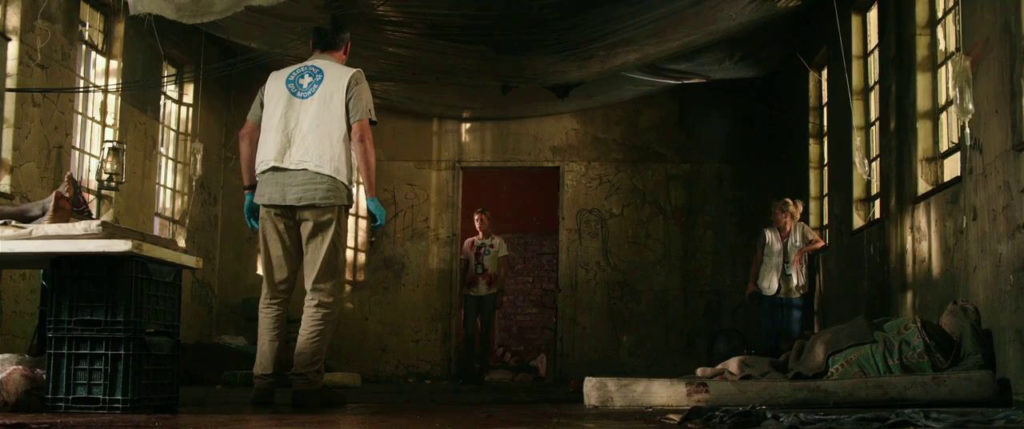
Disappointing is that we are essentially limited to the perspectives of Wren and Miguel and miss out on learning more about the Africans themselves and their thoughts. While Miguel’s focus is very honed in on the medical needs in front of his face – a POV often aided by some nice lensing that blurs out the frame edges but for a single round focal point of clarity, there is never a clarity with Wren’s perspective. Wren never really connects with the African people and quite honestly, feels somewhat shallow. A key sequence involving one of the African doctors in MDM and his young son Sam (who will steal your heart) is beyond shocking, yet Penn misses the mark by not allowing the scene and a significant moment to breathe.
Defining the lyricism of the film is editor Jay Cassidy. Having worked with Penn previously on “Into the Wild”, Cassidy takes a different tact with cutting here and delivers a soft edge as a contrast to the bloody imagery. There is a flow to the film that almost equates to that of blood coursing through one’s veins.
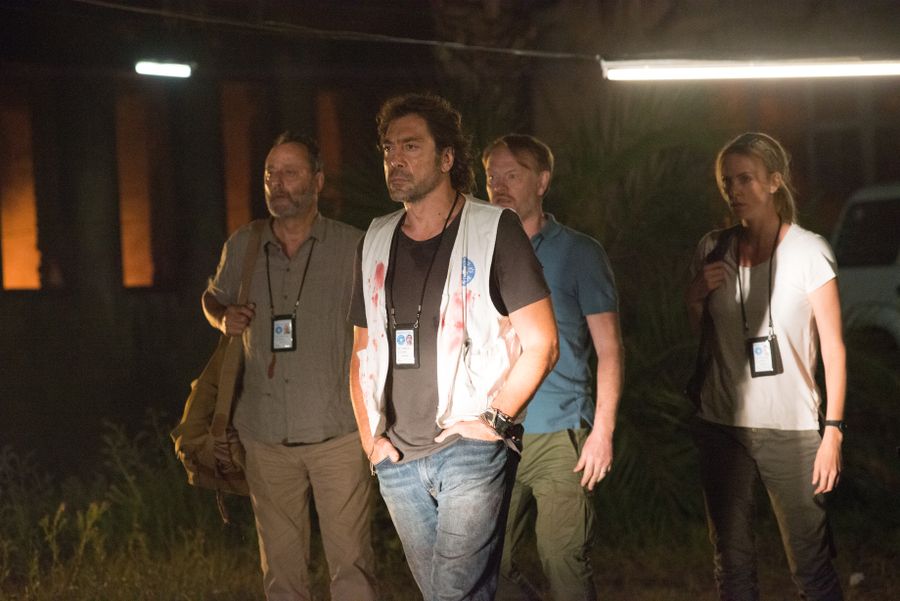
Scored by Hans Zimmer, there is an undercurrent of solemnity that often drifts into being that of a funeral dirge, while specific vocal pieces are perhaps a bit too spot on for the scenes in which they are utilized. The pieces lead rather than follow.
As you will understand by film’s end, the title – THE LAST FACE – metaphorically speaks volumes on so many levels. Sean Penn has taken his own activism and global concern and through this fictional narrative and put a face to just one of the many circumstances of injustice and inhumanity that occurs daily. While not a perfect film, there is a passion that comes forth when viewing THE LAST FACE as a whole, a passion of a director that is infectious.
Directed by Sean Penn
Written by Erin Dignam
Cast: Javier Bardem, Charlize Theron, Jared Harris, Jean Reno
by debbie lynn elias, 07/27/2017












